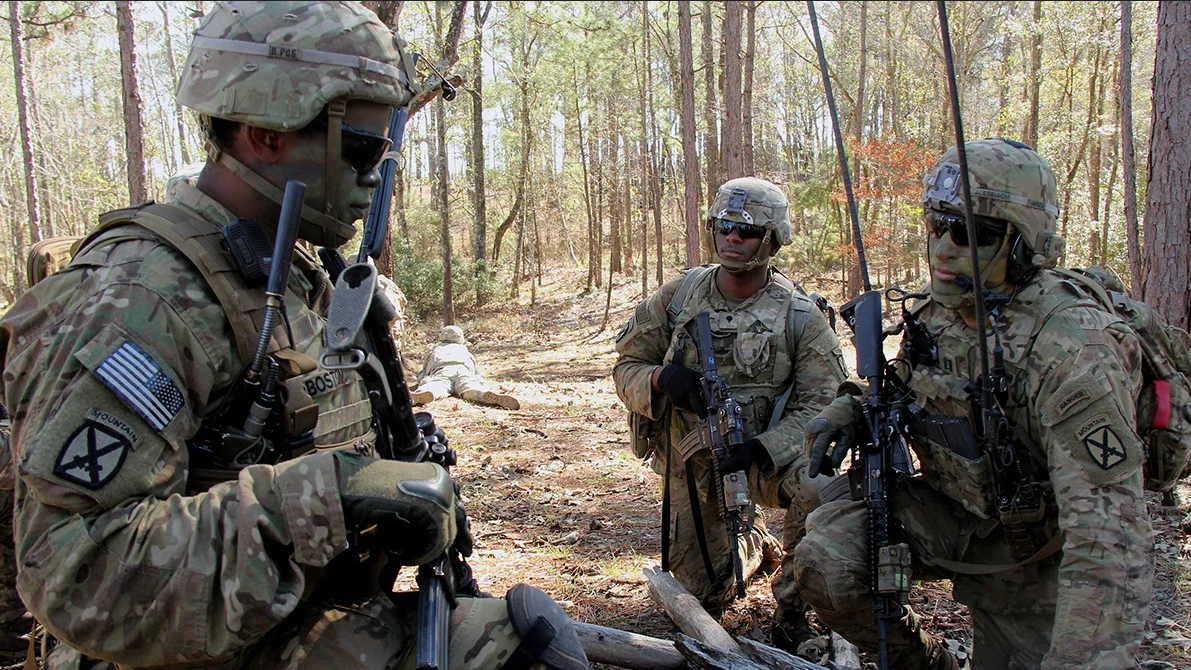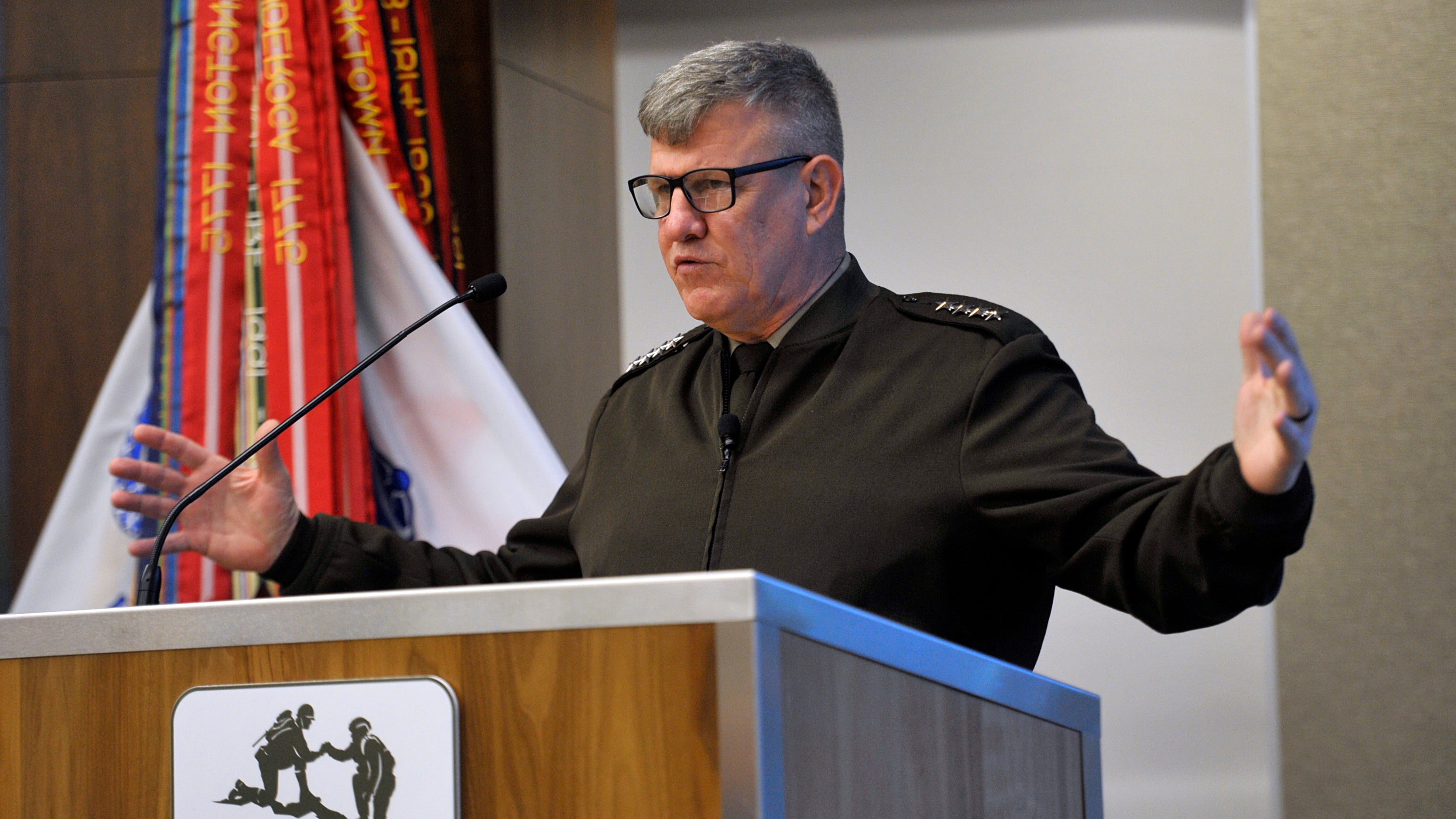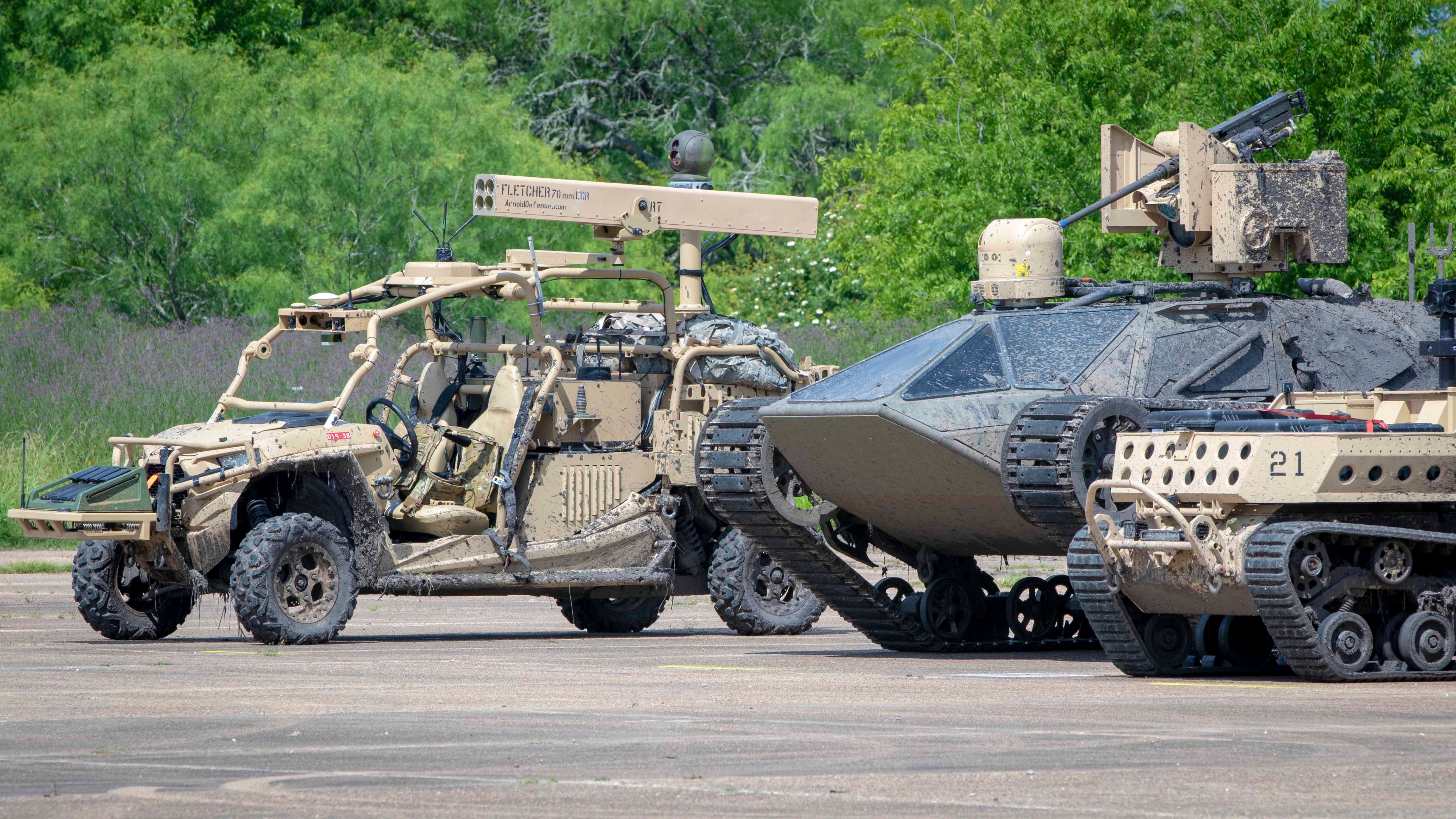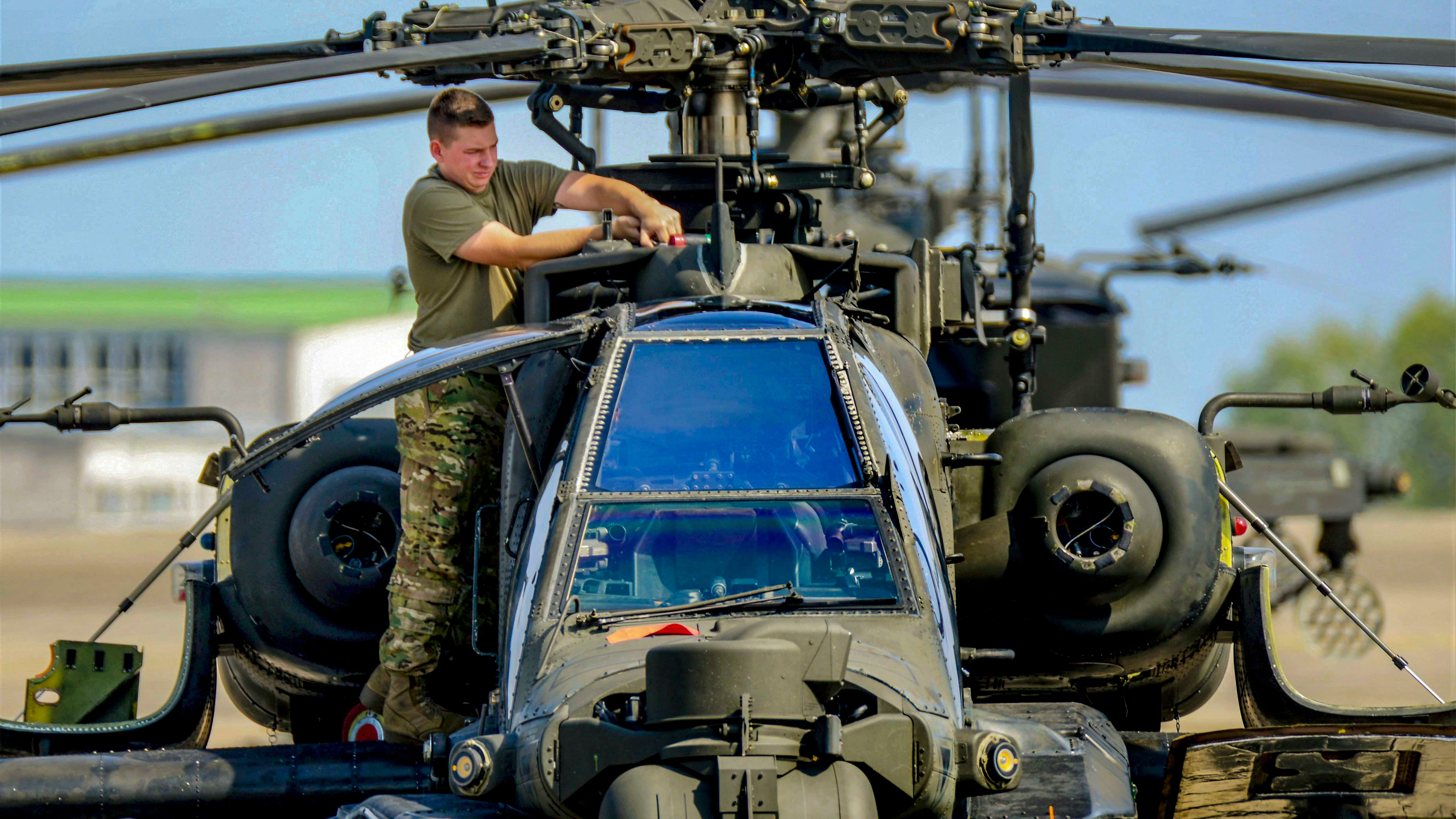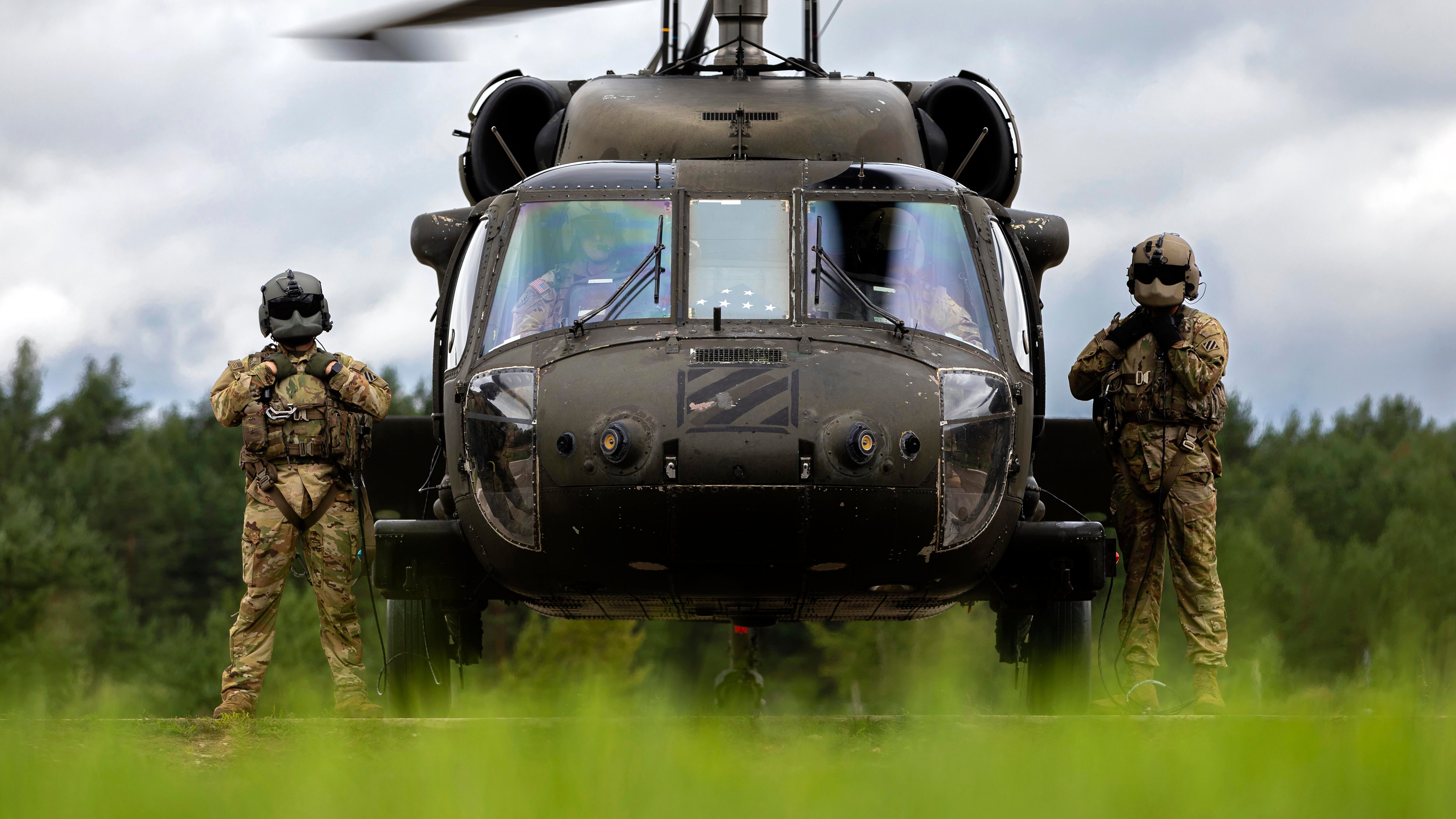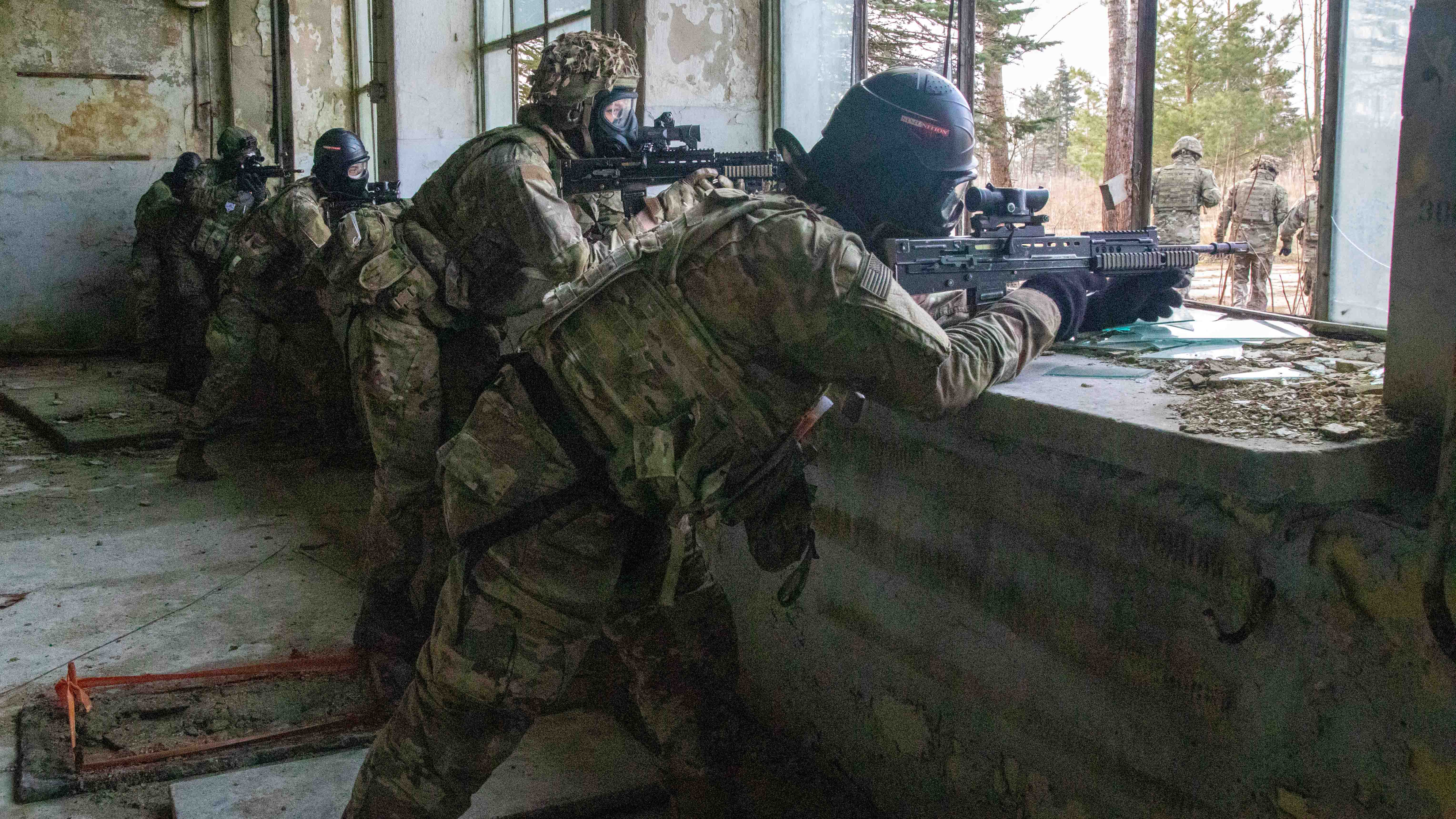SMA Michael Weimer
In a landmark event that bridged the past and future of the U.S. Army, former Sergeant Major of the Army (SMA) Daniel A. Dailey hosted a compelling live stream discussion with current SMA Michael A. Weimer. This historic conversation, now published for viewing, offered unparalleled insights into the evolving vision and leadership values driving the Army forward.


